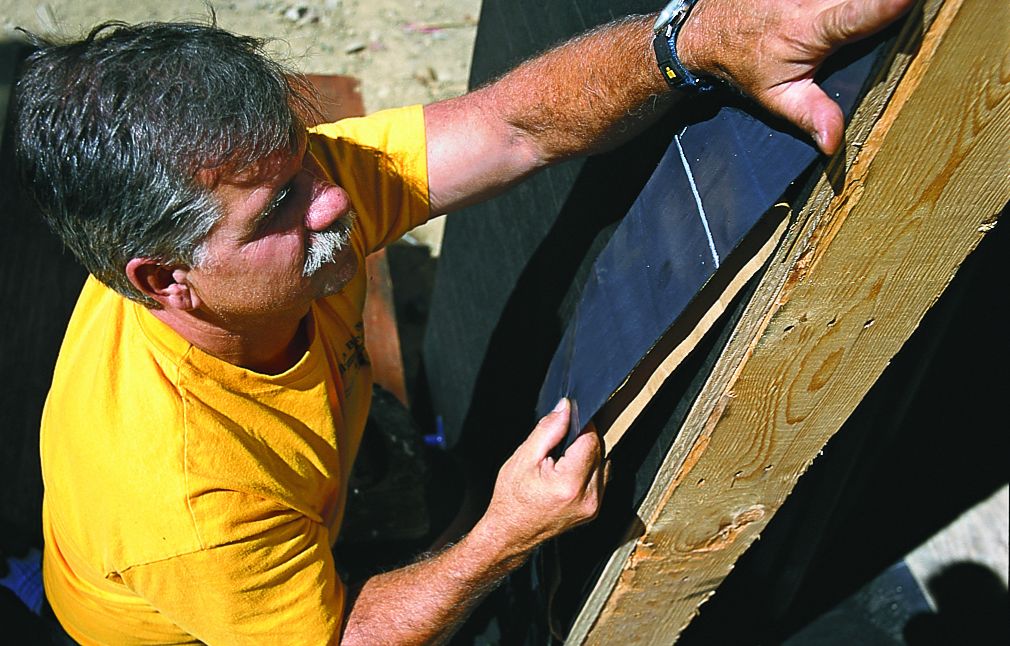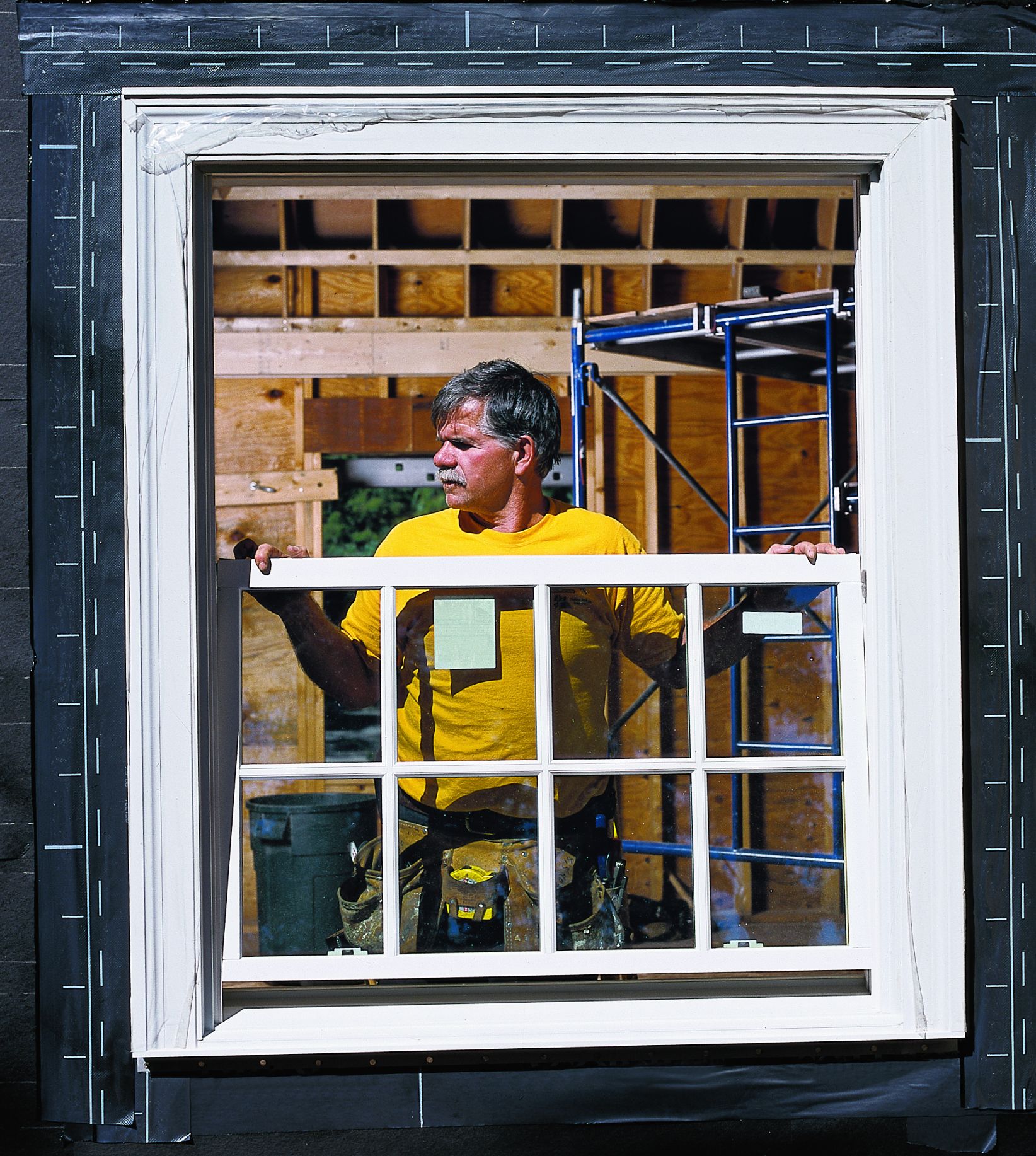Whether replacing an old window or adding a new one, installing a window can transform your home’s appearance and energy efficiency. This step-by-step guide will walk you through installing a window, from preparation to finishing touches. We’ll cover the tools and materials you need and tips for a successful installation.
Window installation requires careful planning for a proper installation. Windows play a role in energy efficiency and protection against outdoor elements. The process involves preparing the opening, waterproofing the area, and securely fitting the new window. While DIY installation is possible, professional installation offers proper techniques and warranties to protect your investment. For basement windows, you may want to consider installing an egress window.
Tools and Materials Needed for Window Installation
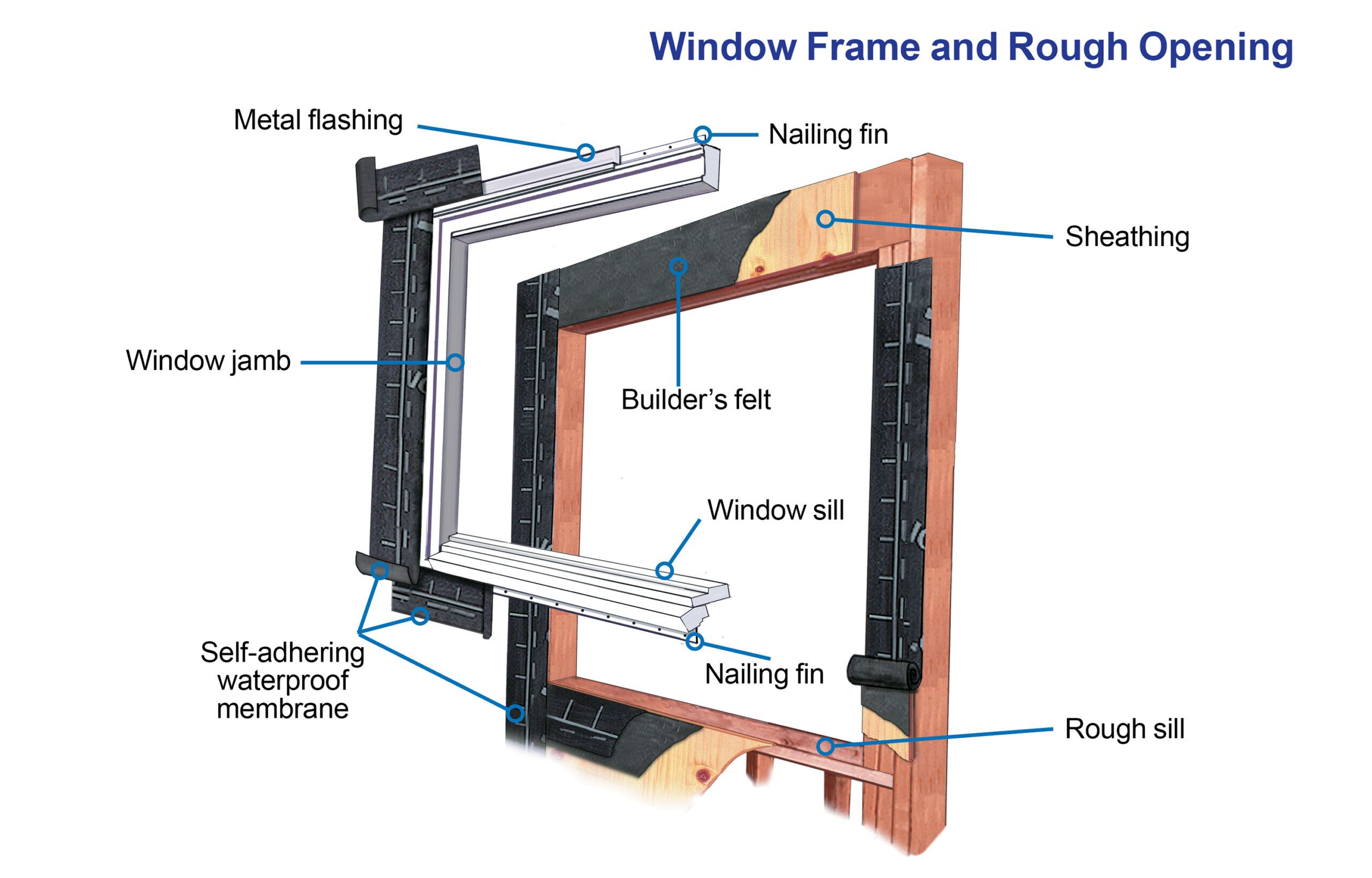
Before you begin, you’ll want to get all the tools and materials you’ll need for window installation. Having everything on hand will make the installation process easier for you.
Essential Tools
- Caulk gun
- Drill with bits
- Hammer
- Level (2-foot and 4-foot)
- Pry bar
- Putty knife
- Reciprocating saw (for removing old window frames)
- Screwdriver
- Tape measure
- Utility knife
Required Materials
- Backer rod (for large gaps)
- Caulk
- Exterior trim (if needed)
- Flashing tape
- Insulation (foam or fiberglass)
- New window unit
- Roofing nails
- Self-adhering waterproof membrane
- Shims
- Window sill pan (for enhanced water management)
Preparing the Rough Opening of a Window
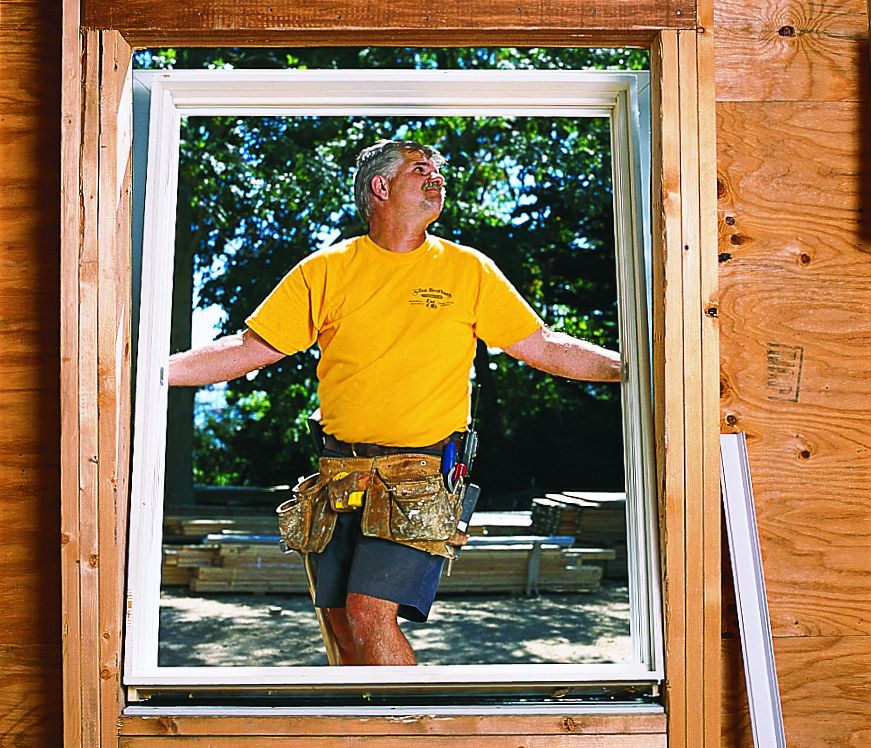
Proper preparation of the rough opening makes for an easier window installation. This step will help your new window to fit correctly and be protected against water and other outdoor elements.
Measuring the Opening
Start by measuring the width and height of the rough opening at multiple points. If there’s more than a 1-inch difference between measurements, you may need to adjust the opening or choose a different window size.
Waterproofing the Opening
To protect against water infiltration, apply a self-adhering waterproof membrane around the opening. Cut strips of membrane to fit under the sill, along the sides, and across the top of the opening, overlapping them to create a watertight seal and prevent rotting. As Tom Silva, general contractor for This Old House, says, “Rot around windows, even in relatively new houses, is one of the biggest problems I see. You can’t depend on just the trim and the housewrap to stop water.”
Installing a window sill pan is also a good option because it directs water away from the wall where your window is located, preventing rot and mold growth in your home. You can also follow our guide for installing waterproof windows.
Repairing Damaged Framing
Inspect the framing for damage or rot. Use a reciprocating saw to remove any affected wood, replacing it with rot- and mildew-resistant material. Secure the new framing with fasteners and double-check that the opening is square and level before installing a new window.
Choosing the Right Window for Your Home
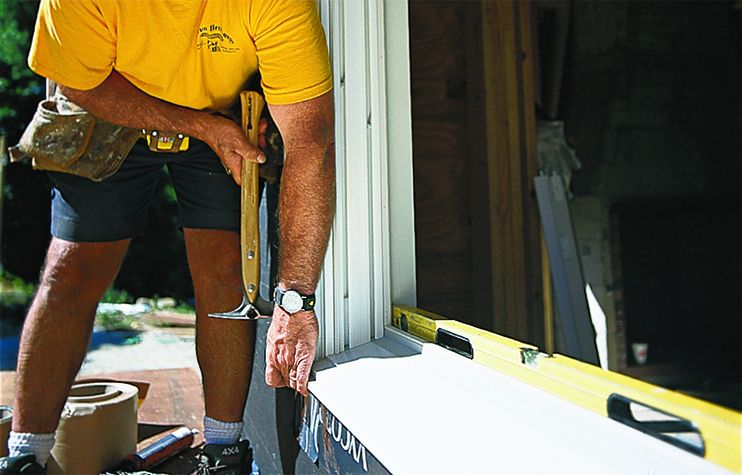
Selecting the right window for your home depends on factors such as functionality, style, material, energy efficiency, and your home’s design.
Types of Windows
Each type of window has differences in ventilation and ease of cleaning. For example, casement windows provide good ventilation and unobstructed views, making them a great option for living rooms and kitchens. There are several types of windows to choose from, including:
- Bay or bow windows
- Casement windows
- Double-hung windows
- Picture windows
- Sliding windows
Energy Efficiency Considerations
Energy-efficient windows can help reduce your heating and cooling costs. Some windows are designed for improved home insulation and reduced heat transfer.
Look for windows with low-E glass coatings, double or triple panes, argon or krypton gas fill, or warm edge spacers. Windows with high R-values and low U-factors indicate better insulating properties.
Step-by-Step Window Installation Process
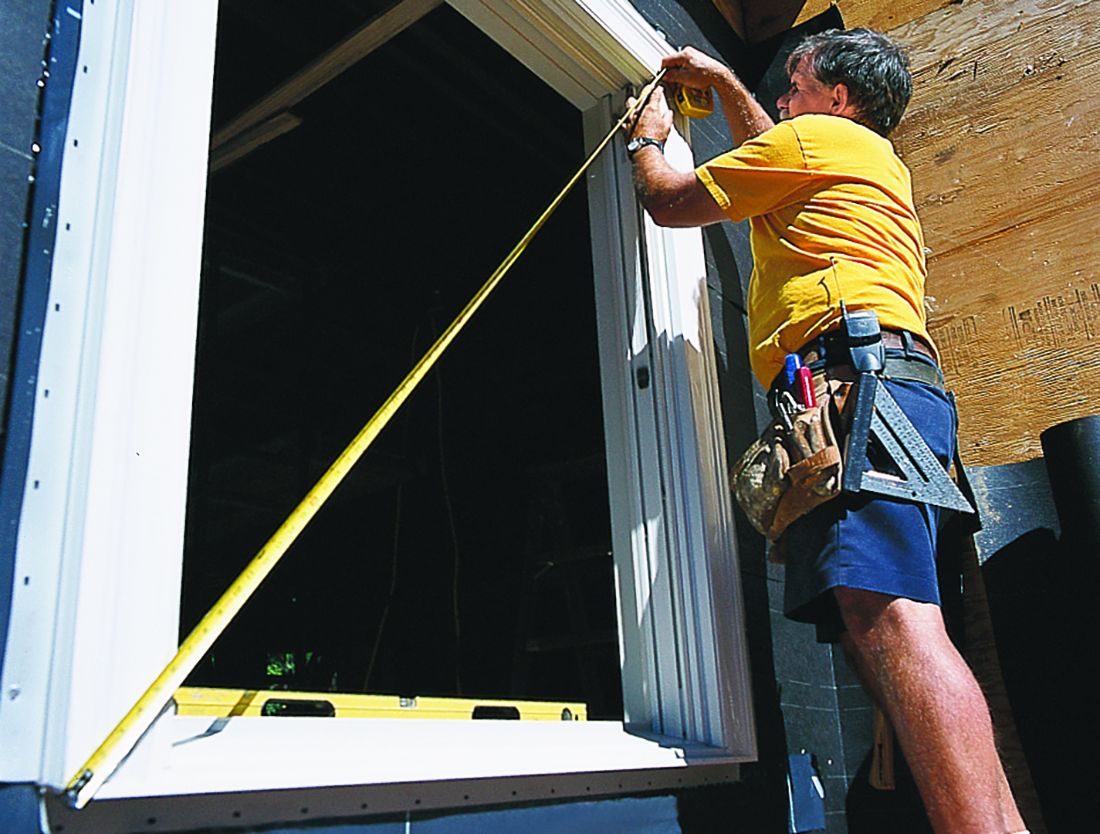
Follow these steps to install your new window correctly. If you’re replacing an existing window, carefully remove it along with any old caulk or debris. Use a utility knife to cut through paint or caulk seals with a pry bar to lift the old window out of the opening. Inspect the framing for any damage or rot and repair areas as needed before installing your new window.
Positioning the New Window
- Apply a bead of caulk around the perimeter of the opening where the window will sit.
- With help, carefully lift the window into the opening.
- Center the window in the opening.
- Check all sides using a level so the window is aligned and will seal properly.
Securing the Window
- Use shims to adjust the window’s position, checking that it is plumb, level, and square by measuring diagonally from corner to corner.
- Secure the window with nails through the nailing fin, starting at the corners and working your way around.
- Make sure the window remains plumb and level after each nail is driven in. Proper nailing will keep the window firmly in place without warping.
Insulating and Sealing
- Apply flashing tape over the nailing fins, starting at the bottom and working your way up, overlapping each piece.
- Insulate the gap between the window and the framing using fiberglass or low-expanding foam insulation.
- Caulk around the exterior of the window to create a watertight seal.
- For larger gaps, use a backer rod to reduce the amount of caulk needed and get a longer-lasting seal.
Troubleshooting Common Window Installation Issues
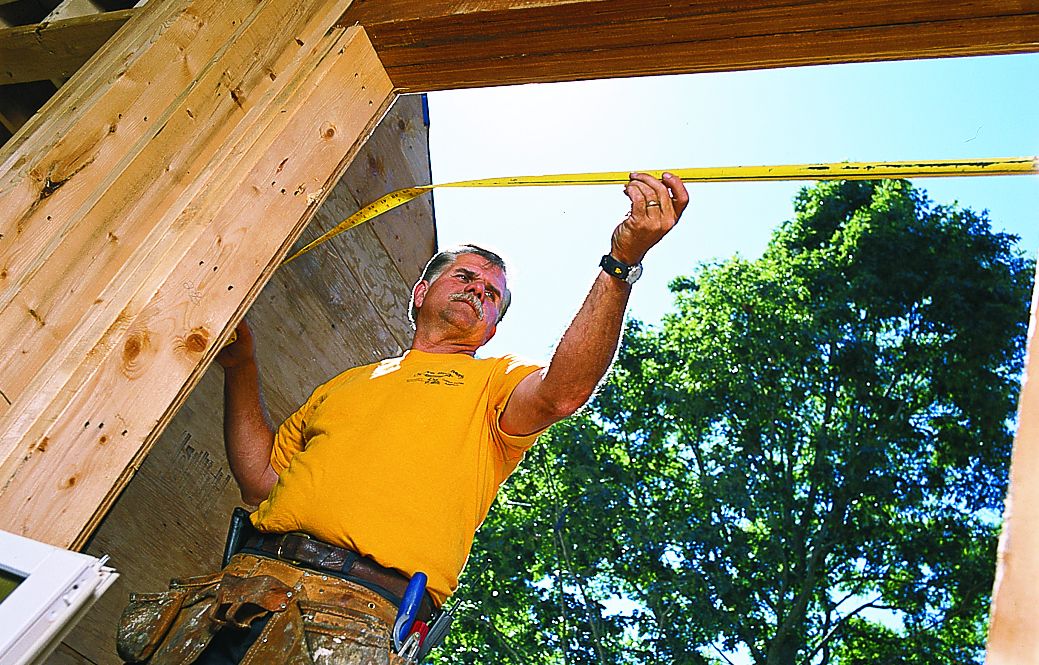
Even with careful planning, you may encounter some challenges during installation. Uneven openings, water infiltration, gaps and cracks, and alignment issues are all common problems when installing a new window.
Dealing with Uneven Openings
If you find that the opening is not perfectly square or level, use tapered shims to adjust the window’s position so that the window can operate smoothly and seal properly.
Addressing Water Infiltration Problems
Check the flashing and caulking if you notice water seeping around the window after installation. All seams should be overlapped and sealed to direct water away from the opening. Also, check that the window sill pan and membrane are installed correctly and without gaps.
Managing Unexpected Gaps and Cracks
If large gaps or cracks appear between the window and the framing, fill them with a backer rod before caulking. This method provides additional stability for a better seal. Use foam insulation for irregular spaces that cannot be filled with caulk alone.
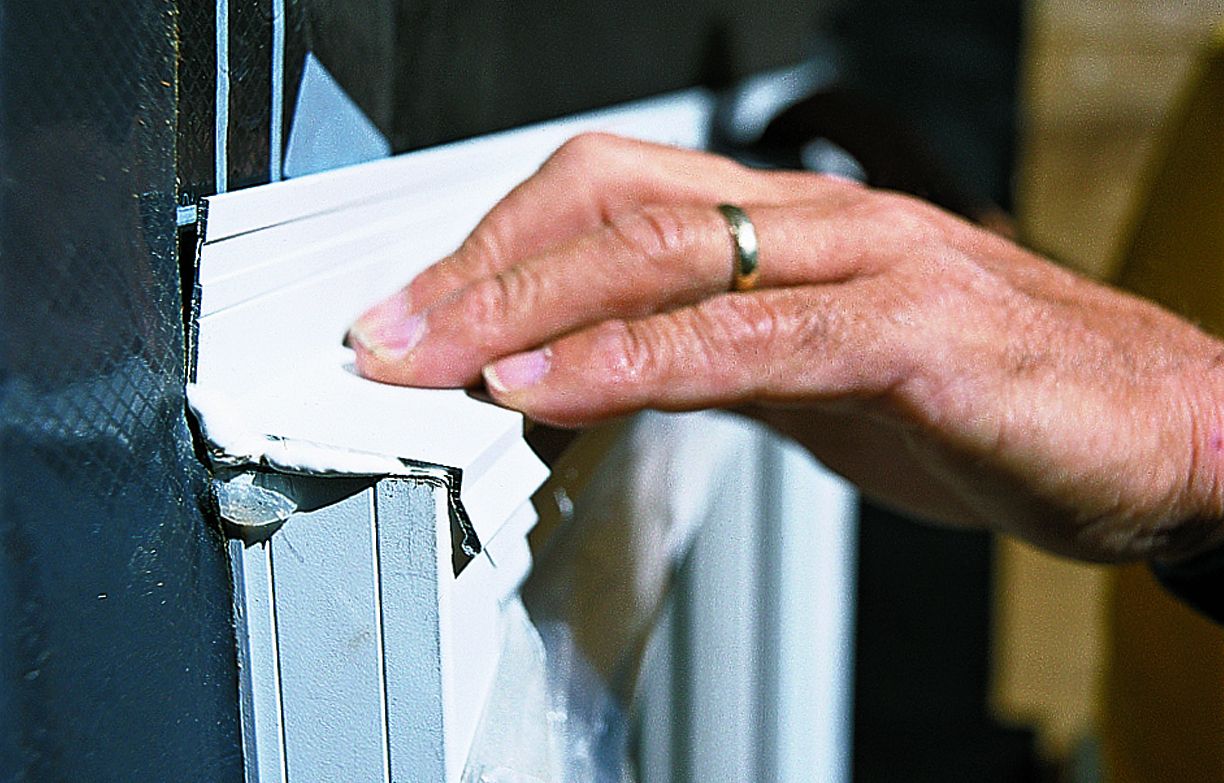
Fixing Alignment Issues
If the window doesn’t open and close smoothly, re-check the level and shims. Minor adjustments can often resolve operational problems. Also, check that all fasteners are secure but not overtightened, as this can warp the window frame.
Finishing Touches and Trim Work
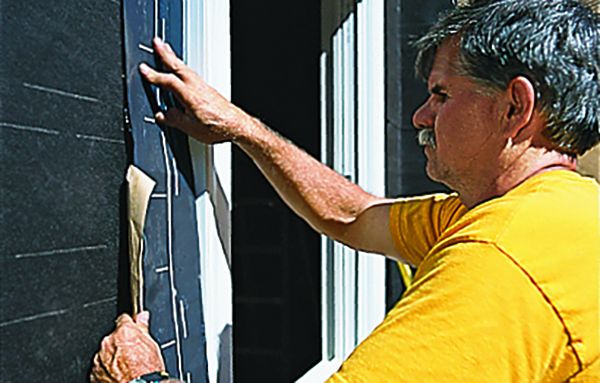
Once the window is installed and sealed, it’s time to add the finishing touches that will complete the look and functionality of your new window. Installing interior trim casing, flashing the window, and finishing with caulk and paint will help your window stay secure and durable. If you’re looking for another project to add a flourish to your new windows, you can learn to install window shades.
Interior Trim Installation
Install interior trim or casing around the window to cover the gap between the window and the wall. This improves the appearance and provides an additional barrier against drafts. Use a miter saw to cut trim pieces to the correct angles for a snug fit, securing them with finishing nails.
Exterior Casing and Flashing
Apply exterior casing or trim to match your home’s exterior. Install a drip cap above the window to direct water away from the opening. Our guide teaches you how to flash a window to prevent water damage. Paint or stain the trim to match the rest of your home’s exterior. For houses with vinyl siding, you can install window casing on vinyl siding for a classic look.
Finishing Caulk and Paint
Once the caulk has dried, apply a bead of paintable caulk around both the interior and exterior trim to seal any small gaps. Paint or stain the trim as needed. Regular maintenance of caulk and paint will keep your new window performing well.
Maintaining Your Newly Installed Window
Periodic maintenance will help your new window continue to function properly. Clean the glass and frames regularly, lubricate moving parts annually, and inspect the caulking and weatherstripping, replacing as needed. Regular checks for signs of wear or damage will allow you to address issues before they become major problems.
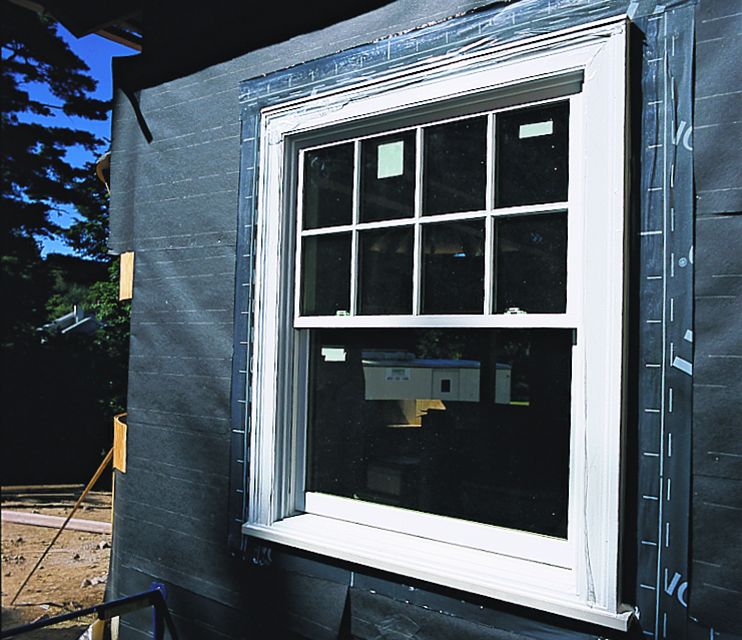
DIY vs. Professional Window Installation: Pros and Cons
While installing a window yourself can save money, consider the complexity of the job and your own skills. DIY installation allows for greater control over the process, and it can save you money in the long run.
Professional installation guarantees expert workmanship and proper sealing and often comes with warranties. For more complex projects or replacement windows, professional installation may be the best choice. Consulting multiple professionals and obtaining quotes can help you decide based on your budget and needs.
Whether you choose to tackle the installation yourself or hire a professional, understanding the process will help you get the best outcome. A well-installed window looks great and is very reliable, protecting your home from water and other outdoor elements.
